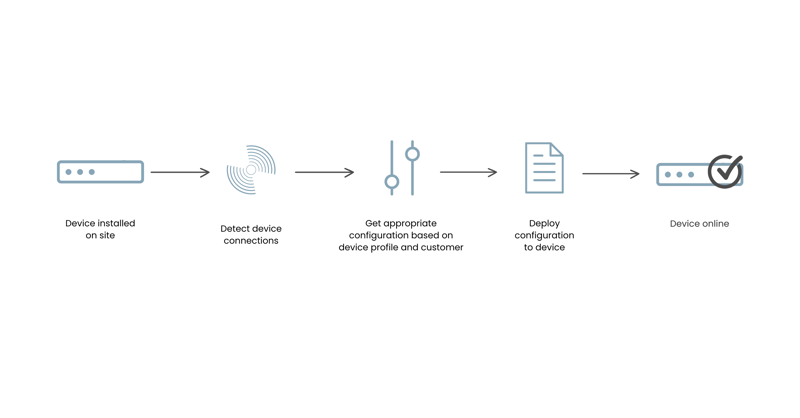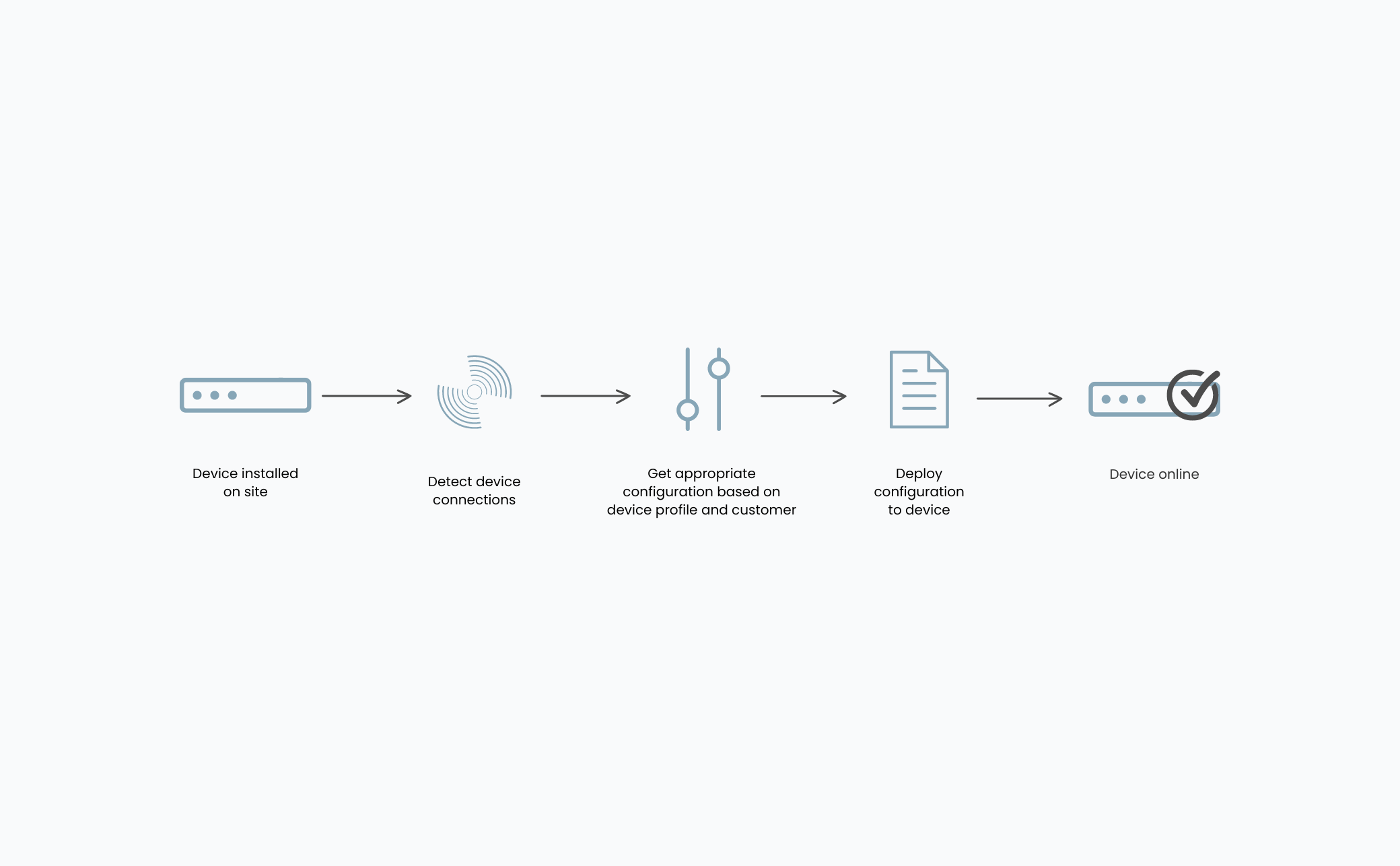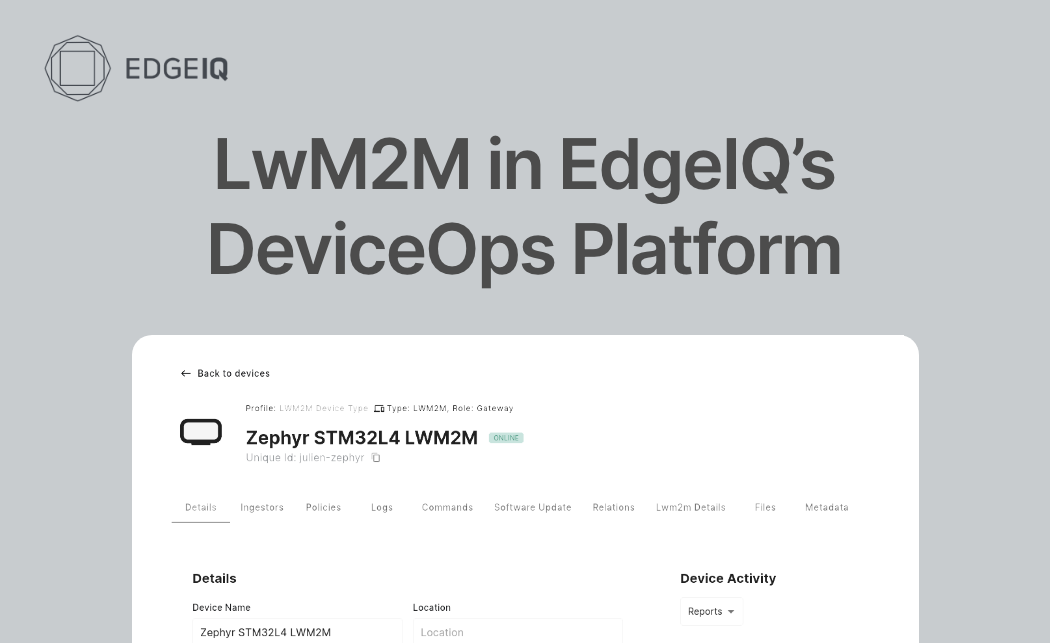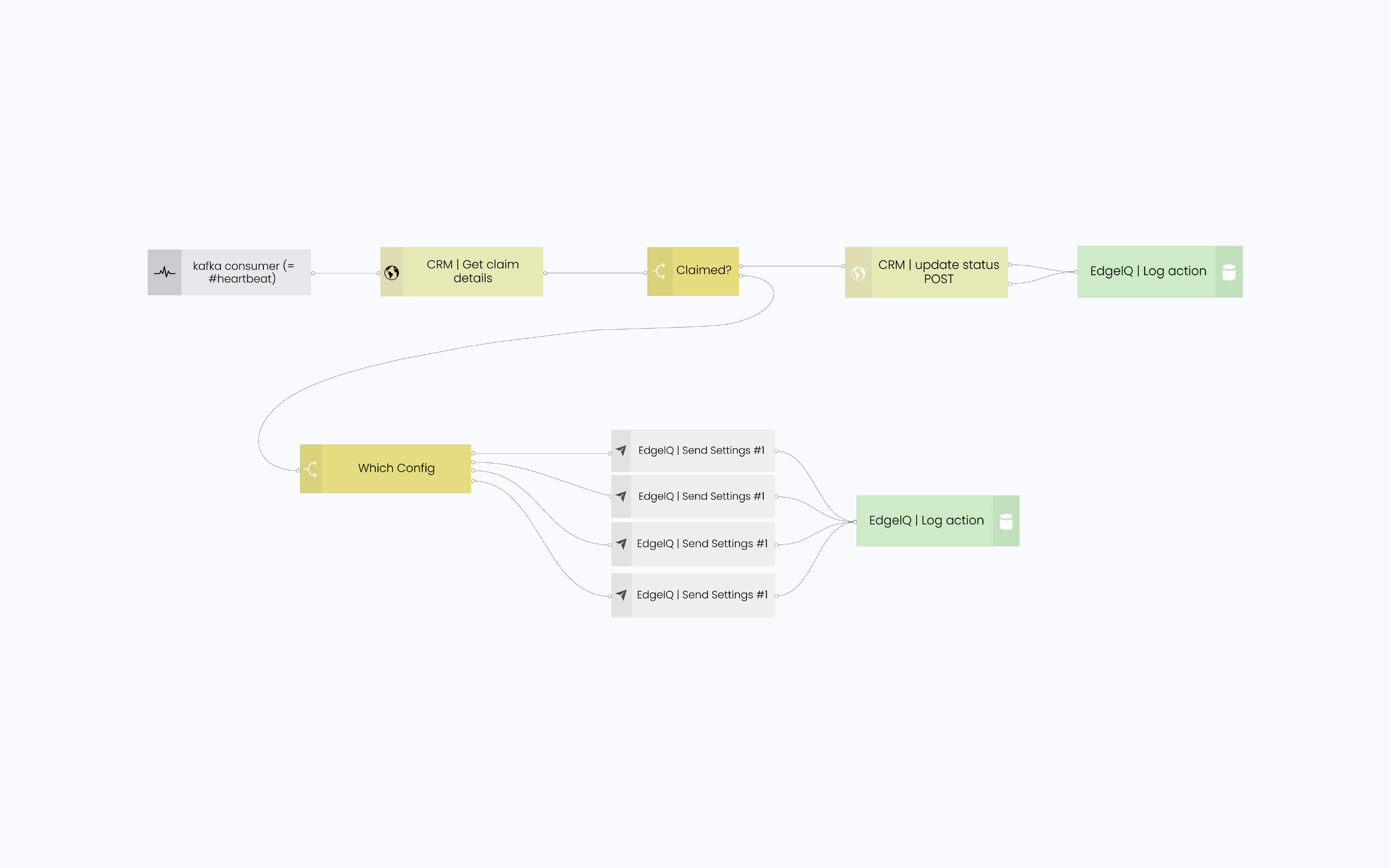In the world of IoT, Zero Touch Provisioning (ZTP) has become a crucial aspect of device and data orchestration. ZTP goes beyond just the device itself, and includes a broader range of considerations. In this three-part blog series, we will delve into the various facets of ZTP and explore its significance in the IoT landscape.
IoT Device Zero Touch Provisioning - Defined
Let's begin by focusing on what ZTP means for IoT devices. A device, in this context, can be either a connected product with embedded connectivity, processing, and sensors, or an IoT gateway. The goal is to ship devices with minimal customization, as different use cases and customers may require specific configurations and software. Customizing devices at the point of installation or as close to it as possible reduces the number of SKUs that need to be manufactured.
While practices like staging devices after manufacturing or using highly skilled field service teams for customization exist, they are costly and time-consuming. A DeviceOps solution that can deliver customization over the air (OTA) is the ideal approach. At EdgeIQ, we believe that the specific configuration requirements of a device should be delivered OTA at the point of first connection. This ensures that the pertinent details about the customer, use case, and required customizations are known, and delivering them OTA eliminates human error.

It's crucial to recognize that different products, customers, and use cases demand distinct sets of configurations. A DeviceOps solution should be able to easily manage this complexity with ZTP. Customer groupings and device profiles that allow specific sets of customizations to be stored as templates are essential to ensure that every device receives the necessary customization at the right time.
.png?width=800&height=418&name=Workflow%20of%20device%20coming%20online%20(42).png)
When a device connects for the first time, it receives the configuration defined for its type at the specific customer. This configuration covers various aspects, including heartbeat settings, data federation settings, edge compute configuration, network configurations, device setup configurations, and software packages.
.png?width=800&height=418&name=Workflow%20of%20device%20coming%20online%20(39).png)
Delivering this configuration OTA at the first point of use allows a generic device to be shipped to each customer for each use case, minimizing manufacturing, handling, and installation costs.
In this first part of our series, we explored the basics of ZTP and its significance in the IoT device landscape. By delivering customized configurations OTA at the point of first connection, ZTP enables cost-effective and efficient device deployment. In the next part, we will discuss the role of the application ecosystem in ZTP. Stay tuned!




